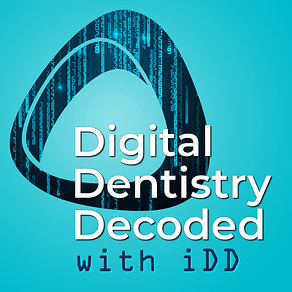Following our insightful discussion with Jordan Reiss about Dexis's innovative imaging solutions and DTX Studio platform, we shift our focus to another aspect of digital dentistry's evolution.
In this episode of Digital Dentistry Decoded, we had the pleasure of speaking with Tobias Richter, the visionary behind TRI Dental Implants.
With decades of experience in the dental implant industry and a remarkable portfolio that includes running dental clinics, laboratories, and pioneering digital implant solutions, Tobias shared invaluable insights into the future of digital implant dentistry.
Listen to the episode below or continue reading for the episode's highlights:
Listen on Spotify
A Journey Through Implant Innovation
Tobias's journey in the dental implant industry began in 2001 at Straumann, where he played a pivotal role in launching the SLA active surface. After gaining invaluable experience at Straumann, he went on to start his own implant company.
"I have the biggest admiration for Straumann," Tobias reflects. "But if you are someone who has some maybe more disruptive ideas, or you want to be moving fast, it's maybe not the best place in my point of view. Because naturally, based on these big organizations, you have much more committees, you have much more long-term project planning."
The Evolution of Implant Dentistry
When discussing the transformation of implant dentistry over the past two decades, Tobias highlights a significant shift in focus: "There's not anymore discussion whether an implant surface works, or whether an implant works... The question today is that we as medical device producers have to think about the workflows that you experience in your clinics."
This perspective led to the development of TRI's innovative solutions, particularly the Matrix implant system.
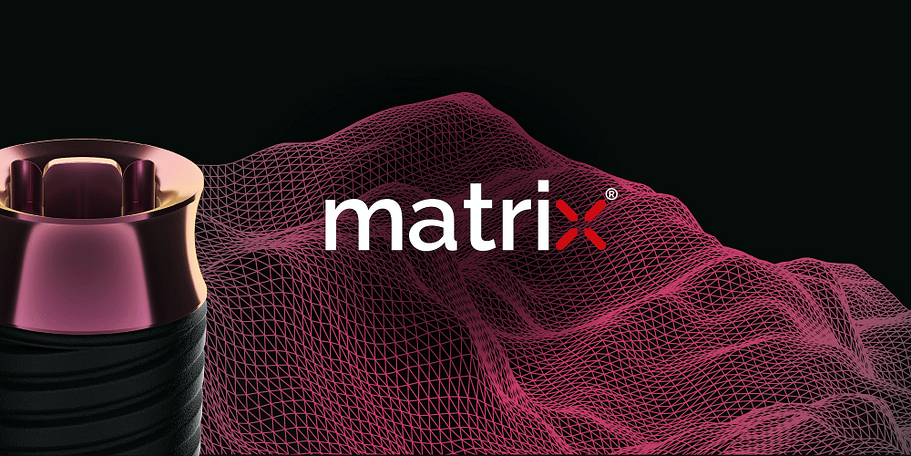
The Matrix System: A Digital Revolution
Breaking Traditional Barriers
The Matrix implant system represents a fundamental rethinking of implant design. "The biggest innovations of all time are those which seem obvious afterwards," Tobias notes. This philosophy led to questioning why abutments were necessary in the first place.
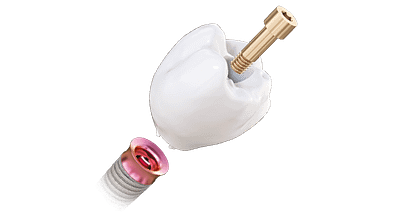
Technical Innovation
The Matrix system features several impressive elements:
Digital Interface Design
- Round bevel 20-degree interface
- Optimized for CAD/CAM milling
- 13 patents protecting the technology
Enhanced Biological Benefits
- 1.8mm tissue level neck
- Improved crestal bone preservation
- Optimized soft tissue nurturing
Simplified Workflow
- Direct-to-implant restoration capability
- Larger prosthetic screw (35Ncm torque)
- Elimination of cement-related issues
"We eliminate two major problems for peri-implantitis," Tobias explains. "The micro gap of the abutment and implant being too close to the bone, and cement between the crown and abutment."
Digital Ecosystem and Apps
TRI has developed a comprehensive suite of digital solutions to support their implant system:
Scan Bridge Technology
- Free downloadable solution for full-arch scanning
- Compatible with conventional scanners
- Enhances scanning accuracy for full-arch cases
Digital Healing Collar Library
- 46 customizable healing collar designs
- Free downloadable and printable
- Optimized emergence profiles
Design Service Center
"We have created a design service center where when you scan it, you send us the file and 20 minutes later we provide you with the design," Tobias shares. This global service operates 24/7, supporting clinicians worldwide.
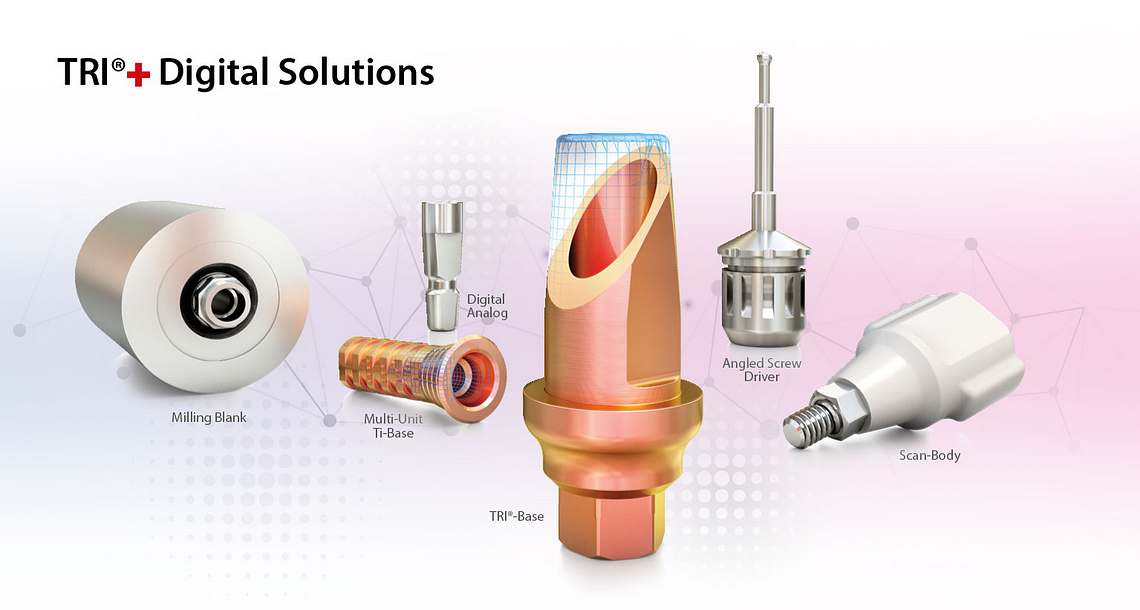
Clinical Applications and Solutions
Single Tooth Restorations
The "Tooth in a Box" concept offers:
- Combined implant and crown package
- Streamlined workflow
- Competitive pricing ($349 in the US)
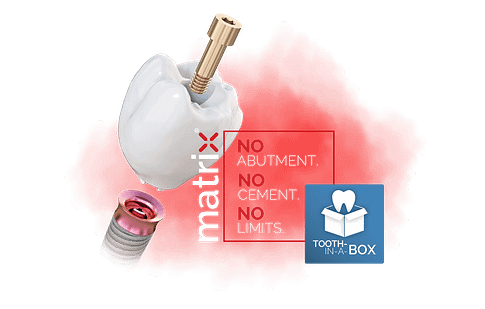
Full-Arch Solutions
While primarily known for full-arch cases, Tobias clarifies: "75 to 80% of all restorations that are done per year in America are single or bridge indications, not full arch. I just think that full arch gets this attention because it's probably the Mount Everest of dentistry."
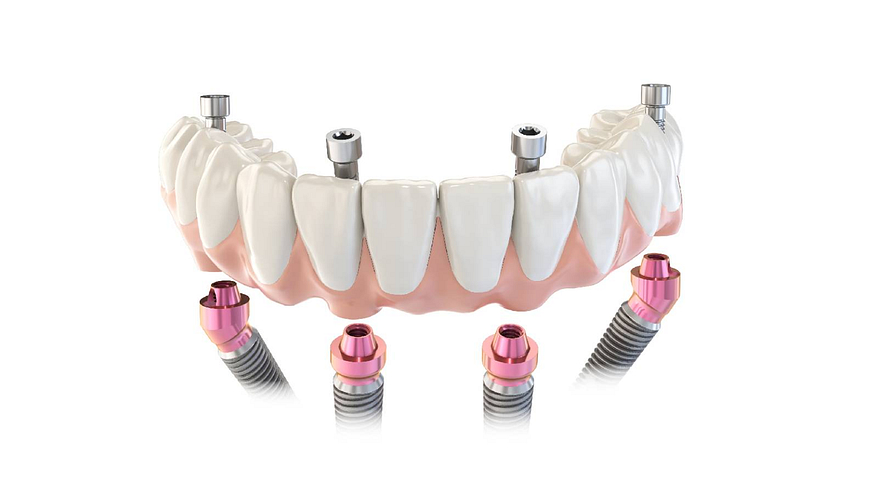
TRI Dental Implants: All-on-X
The Future of Digital Dentistry
3D Printing Impact
"3D printing is just accelerating chairside dentistry," Tobias enthuses.
"When we developed the Matrix, we didn't think about 3D printing. Now 3D printing is like oil and fire of our product because the 3D printing on the Matrix is so intuitive."
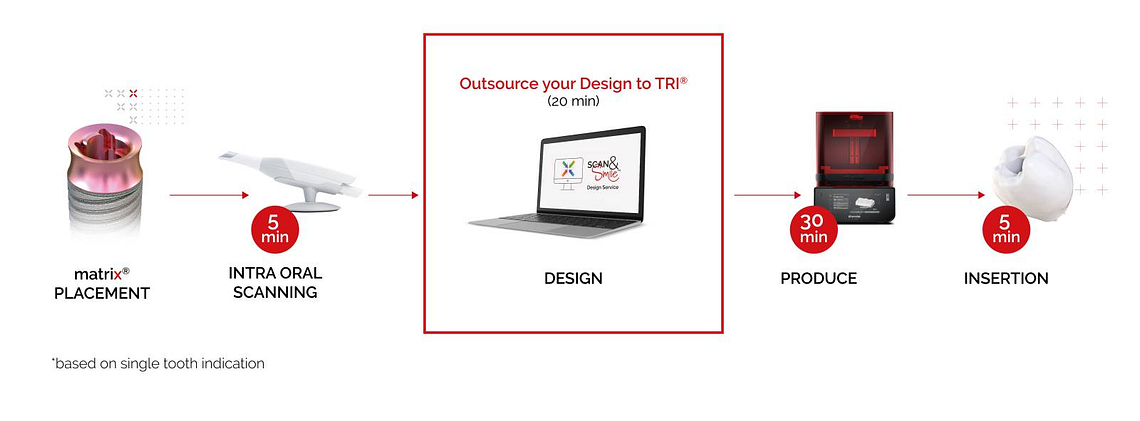
TRI Dental Implant's 3D printing workflow
Emerging Technologies
Key developments include:
- Advanced scanning technologies
- Improved materials
- Simplified guided surgery
- AI integration
Quality Assurance and Education
To maintain high standards, TRI has implemented:
- Certification platform for users
- Learning management software
- Required training sequences
- Quality control processes
"We can't control the whole value chain, but what we can control is the quality assurance," Tobias explains.
"Every user of TRI has to go to our TRI Academy platform and go through a brief learning sequence."
Clinical Evidence and Research
Recent studies support the system's reliability:
- 1,500 Zirconia crowns monitored
- Zero screw loosening reported
- Zero breakage over two years
- Comprehensive documentation of biological outcomes
Looking Ahead: IDS 2025
While specific details remain under wraps, TRI plans to unveil exciting new developments at IDS 2025.

"Innovation is our blood," Tobias states. "We constantly bring out new stuff."
Final Thoughts
The conversation with Tobias Richter underscores the rapid evolution of digital dentistry and the importance of embracing these changes.
His parting metaphor perfectly captures the current state of digital dentistry:
"We are surfing on the right side of the wave and it's an exciting wave and it's a big wave."
For those interested in experiencing TRI's innovative solutions firsthand or meeting the team in person, visit their booth at IDS 2025.
Stay tuned for more updates on the latest in digital dentistry technology and innovations with iDD's podcast, Digital Dentistry Decoded.

